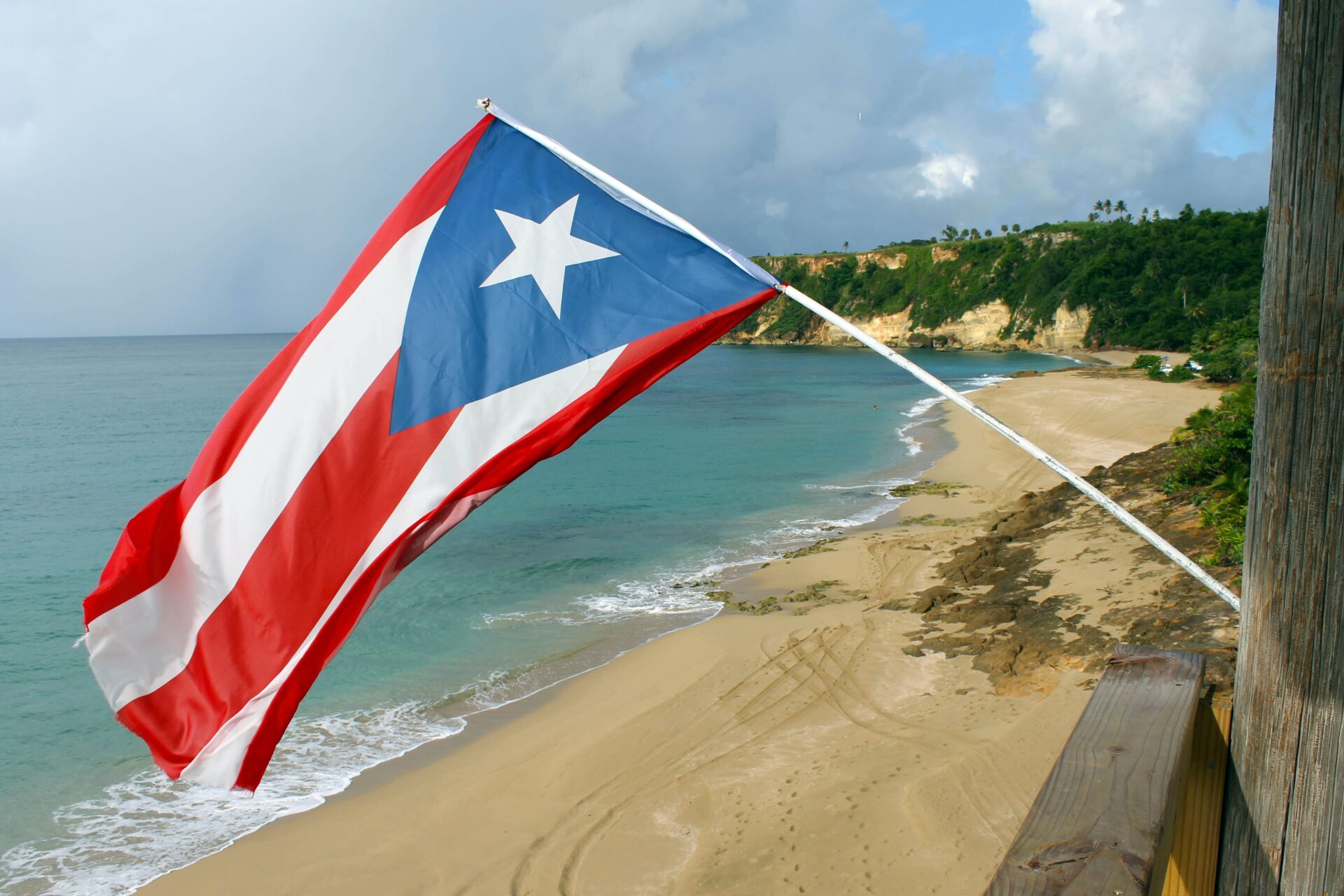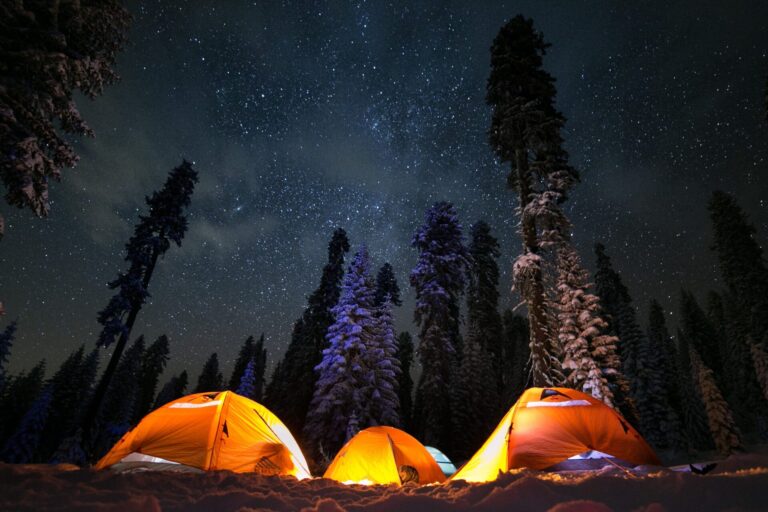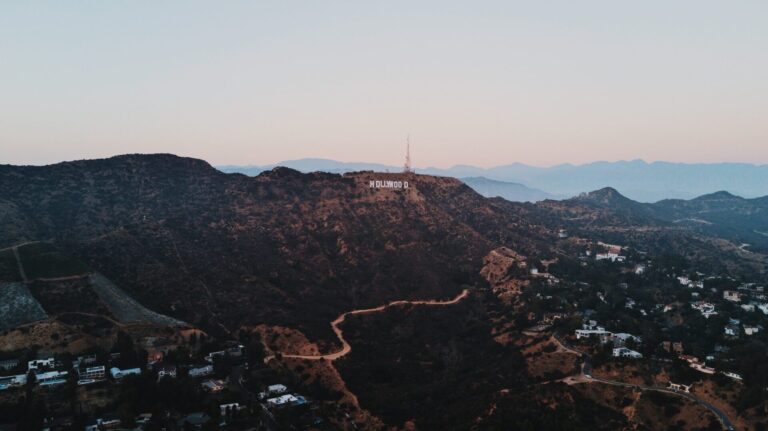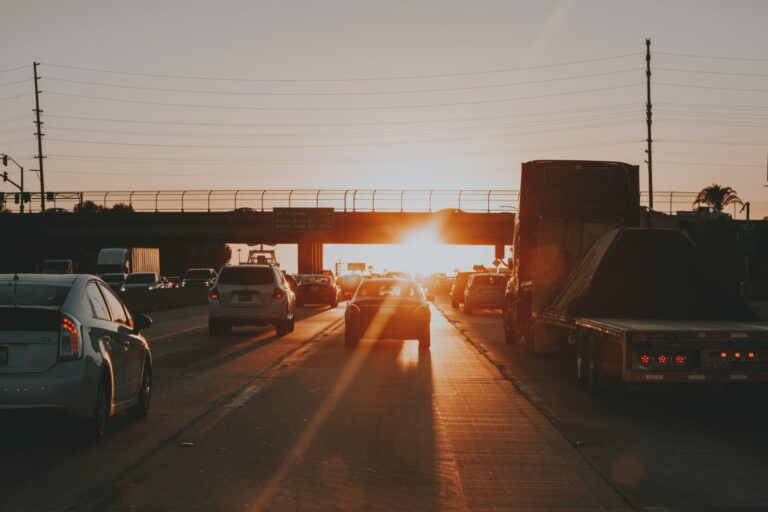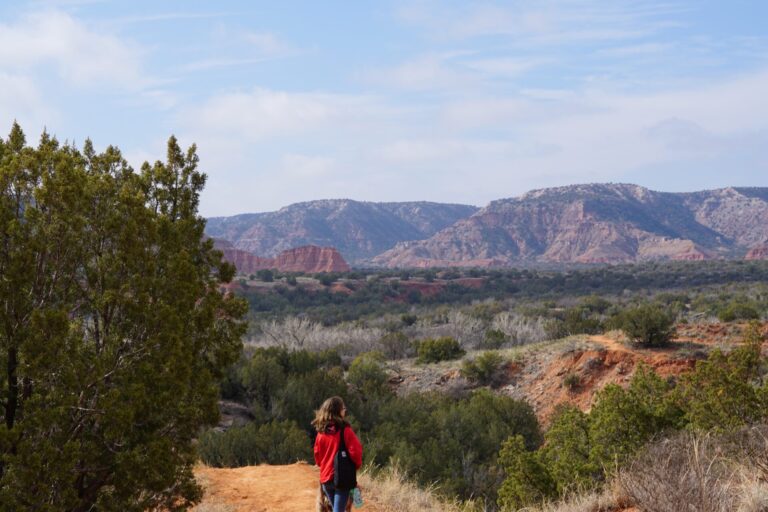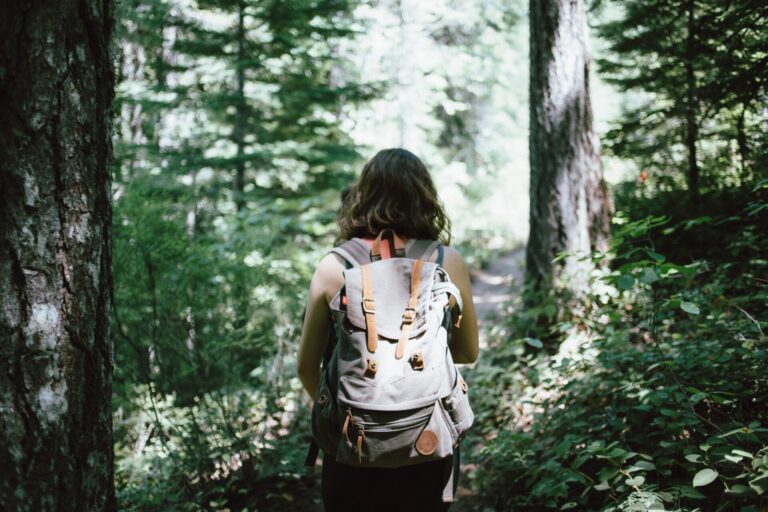The best Beaches in Puerto Rico: A Guide to the Island’s Most Scenic Spots
Puerto Rico is an island located in the northeastern Caribbean, known for its beautiful beaches and crystal clear waters. With over 270 miles of coastline, it’s no surprise that the island is home to some of the best beaches in the world. Puerto Rico has something for everyone, from hidden coves to cozy beach towns.
In this article, we’ll take a look at some of the best beaches in Puerto Rico, including Flamenco Beach, Playa Sucia, and Playa Buye. Whether you’re looking to visit Puerto Rico to relax in the sun or try your hand at water sports, these beaches are sure to provide the perfect getaway.
Page Contents
The Best Beaches in Puerto Rico
Puerto Rico is an island territory of the United States located in the northeastern Caribbean Sea. It has a number of beaches that are popular tourist destinations, offering crystal clear waters and white sandy shores. In this article we’ll be highlighting these beaches:
- Flamenco Beach (Culebra Island)
- Luquillo Beach (Luquillo)
- Playa Sucia (Cabo Rojo)
- Playa Buye (Cabo Rojo)
- Playa El Conquistador (Fajardo)
What is special about the beaches in Puerto Rico?
Puerto Rico’s beaches offer a diverse range of experiences, from hidden beaches to crowded and lively ones. One thing they have in common is that they are known for their stunning natural beauty, with crystal clear turquoise waters and soft white sands.
In addition to swimming, snorkeling, sunbathing, and other beach activities, some of Puerto Rico’s beaches, such as Playa El Conquistador and Playa Sucia, have a cultural and historical significance that allows you to learn more about the island’s rich history and culture.
Puerto Rico, a pirate’s paradise?
Puerto Rico’s strategic location in the northeastern Caribbean made it a popular target for pirates, who would use the island as a base of operations.
If we look back to the history books, we’ll see that the Englishman Henry Morgan was one of the most famous pirates to operate in the region; he raided Puerto Rico and other Caribbean islands in the 17th century and was eventually appointed the Governor of Jamaica.
Other famous pirates who operated in the Caribbean include Blackbeard, active in the early 18th century, and Calico Jack Rackham, active in the late 17th and early 18th centuries.
Although it may not be as prominent as in other parts of the Caribbean, like the Bahamas or Jamaica, there are still ways to discover and explore Puerto Rico’s pirate history. You can do this by visiting local museums, island tours with historical guides, and several festivals and events celebrating the island’s pirate history, such as the Pirates’ Week Festival in Ponce.
Next to pirates, Puerto Rico has been inhabited for thousands of years and has been influenced by various cultures, including the indigenous Taíno people, Spanish colonizers, and African and North American cultures.
Can we find treasures at these beaches?
It is possible to find pirate treasures on the beaches in Puerto Rico. However, it is extremely rare: pirates are known to hide and bury their treasures in secret locations and finding one would require a lot of luck and persistence.
While it’s rare, there have been a few instances of pirate treasures being found in Puerto Rico and other parts of the Caribbean. Still, these discoveries are often the result of extensive research and investigation. That being said, in 2011, a man found a 350-year-old gold coin on a beach in Ponce, valued at $4,5 million.
It is also important to respect the laws and regulations regarding treasure hunting and the cultural and historical significance of any artifacts that may be discovered.
What is the best time to visit the beaches in Puerto Rico?
The best time to visit the beaches in Puerto Rico will depend a bit on your personal preferences and the specific beach you are planning to visit. Generally, you’ll have to consider a few different factors, such as:
- Weather – Puerto Rico has a tropical climate, with warm temperatures and high humidity year-round. The hottest and most humid months are June through October, while the cooler and drier months are November through May. If you prefer cooler and drier weather, you may want to visit during the winter months.
- Hurricane season – Since Puerto Rico is located in the Caribbean, it means that it is subject to hurricanes. The hurricane season in Puerto Rico runs from June to November, with the peak season being August through October. If you want to avoid the risk of hurricanes, you may want to visit during the off-peak season.
- Crowds – The beaches in Puerto Rico can be quite crowded during the peak tourist season, which runs from December to April. If you prefer a more peaceful beach experience, you may want to visit during the off-peak season.
What are some activities to do at beaches in Puerto Rico?
Tourism is a major industry in Puerto Rico, and the island’s beautiful beaches draw visitors. Many locals work in the tourism industry as hotel staff, tour guides, and in restaurants and shops catering to tourists.
Additionally, some locals may own or operate businesses, such as beach rentals or water sports equipment rentals, which cater specifically to beachgoers. This is the reason why there are so many things to do at the beaches in Puerto Rico. Here are a few ideas of the most popular activities:
- Swimming and Snorkeling – The clear waters and diverse marine life around Puerto Rico make it a great place for snorkeling. You can rent snorkeling gear at many beachside shops or bring your own.
- Sunbathing – If you just want to relax and soak up the sun, you’ll find plenty of spots to lay out a towel and soak up some rays on the beaches in Puerto Rico.
- Hiking – Some of Puerto Rico’s beaches are located near trails that lead to scenic viewpoints or other natural attractions.
- Water sports – Many of Puerto Rico’s beaches offer opportunities for activities such as surfing, kayaking, and parasailing.
- Beachcombing – If you enjoy looking for shells or other beach treasures, you’ll find plenty of opportunities to do so on the beaches in Puerto Rico.
Flamenco Beach (Culebra Island)
Flamenco Beach is located on the small island of Culebra, and It stretches for a mile around a sheltered, horseshoe-shaped bay.
Flamenco Beach has received numerous awards, including being named 3rd best beach in the world by TripAdvisor. Since then, the beach has consistently ranked as one of the best beaches in the world, which is why it’s such a popular beach destination for both Culebra and Puerto Rico.
Most blogs highlight its crystal clear turquoise waters and soft white sand. Still, one of the most distinctive views of the beach includes two rusting carcasses of old M4 Sherman tanks that were left behind by the United States Navy after they departed from Flamenco Beach in 1975, where they used it as a weapons-testing ground for more than 30 years.
Nowadays, Flamenco Beach is also a popular spot for water sports such as surfing and kayaking, and there are rental shops on the beach where you can rent gear or take lessons. The beach is also home to a number of restaurants and snack bars, which is why Flamenco Beach is considered one of the best beaches in Puerto Rico.
Basic facts about Flamenco Beach (Culebra Island)
Ranked as one of the top beaches in the world, Flamenco is a 1-mile-long postcard-perfect stretch of white sand and turquoise waters.
- Size: Flamenco Beach is approximately 1 mile long.
- Amenities: The beach has restrooms, showers, and picnic tables, as well as rental shops for water sports equipment and a few restaurants and snack bars.
- Activities: Swimming, snorkeling, sunbathing, surfing, kayaking, and picnicking are all popular activities at Flamenco Beach.
- Accessibility: Flamenco Beach is accessible by car or ferry from the main island of Puerto Rico. There is a parking lot near the beach, and ferries depart from Fajardo on the main island.
Luquillo Beach (Luquillo)
Luquillo Beach is nestled between the Atlantic Ocean and the El Yunque National Forest, a rainforest. This gives it a diverse ecosystem and makes it a unique destination for tourists, locals, and animals.
That’s right; Luquillo marks the start of the Northeast Ecological Corridor Nature Reserve, which stretches from downtown Luquillo down to Seven Seas Beach in Fajardo. At certain times of the year, it is possible to encounter rare or endangered species, such as the leatherback turtle, while visiting Luquillo Beach.
A part of the beach in Luquillo is called “La Selva” and is a small cove on the east coast, which makes it the perfect spot for surfing. According to the locals, it might even be one of the best surf spots on the east coast … so it’s definitely one of the best beaches in Puerto Rico!
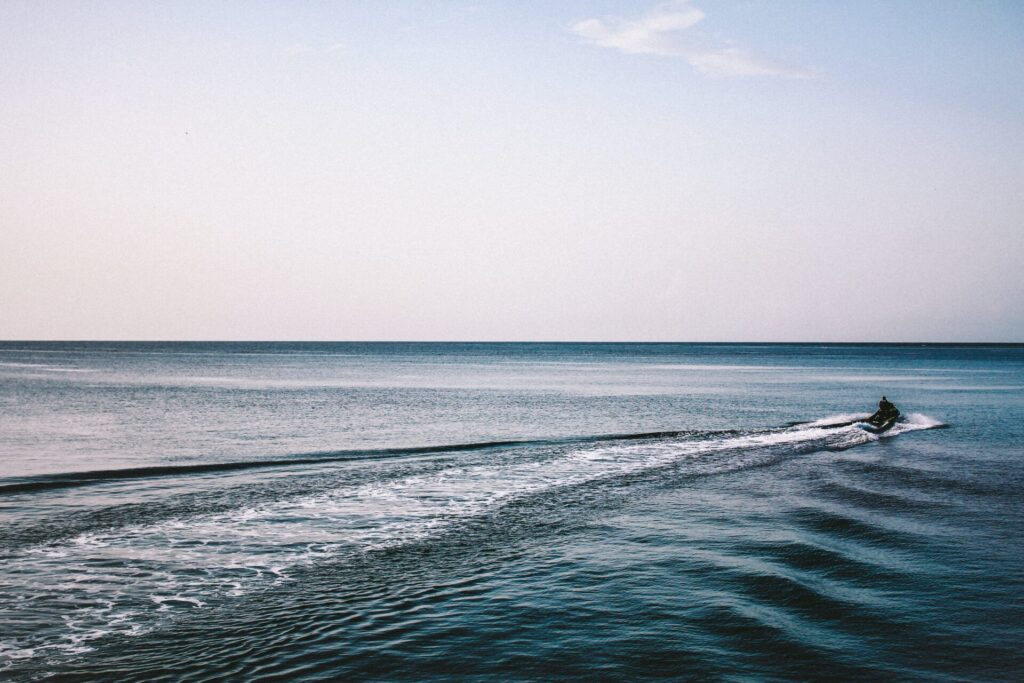
Playa Sucia (Cabo Rojo)
Playa Sucia, also known as La Playuela, is a popular beach located in Cabo Rojo. The beach is part of the town’s nature reserve and does not have any hotels or businesses, making it a secluded and peaceful spot to relax.
Literally translated, Playa Sucia means “dirty beach” and gets its name from the Sargasso weed that accumulates on the shore from November to January. The rest of the year, it is a stunning beach known for its stunning natural beauty and wilderness!
While the beach doesn’t have any commercial buildings, it has one beloved landmark; Faro de Los Morrillos. A lighthouse on the Los Morrillos Peninsula is perched on limestone cliffs that drop 200 feet into the Caribbean Sea. The lighthouse underwent a three-million-dollar restoration in 2002 and was re-opened to the public in 2007.
The Cabo Rojo Lighthouse area is known for its breathtaking views but can also be dangerous. The red rock cliff is over 100 feet high, and there are no railings or signs to prevent falls. The area is also very arid with little shade, and the ground can be slippery in many places. It is recommended to wear good hiking boots, bring plenty of water, and be extra cautious with children when visiting.
You should bring your Sony A7IV camera when visiting this beach, as it will be perfect for taking pictures to post on Instagram!
Basic facts about Playa Sucia (Cabo Rojo)
Playa Sucia is known for its beautiful natural surroundings, including crystal-clear waters, lush vegetation, and dramatic rock formations.
- Size: Playa Sucia is a small beach with a length of approximately 0.5 miles.
- Amenities: The beach has restrooms, showers, and picnic tables, as well as rental shops for water sports equipment and a few restaurants and snack bars.
- Activities: Swimming, snorkeling, sunbathing, surfing, kayaking, and picnicking are all popular activities at Playa Sucia.
- Accessibility: Playa Sucia is easily accessible by car from the main island of Puerto Rico. There is a parking lot near the beach, and the beach is also served by local bus routes.
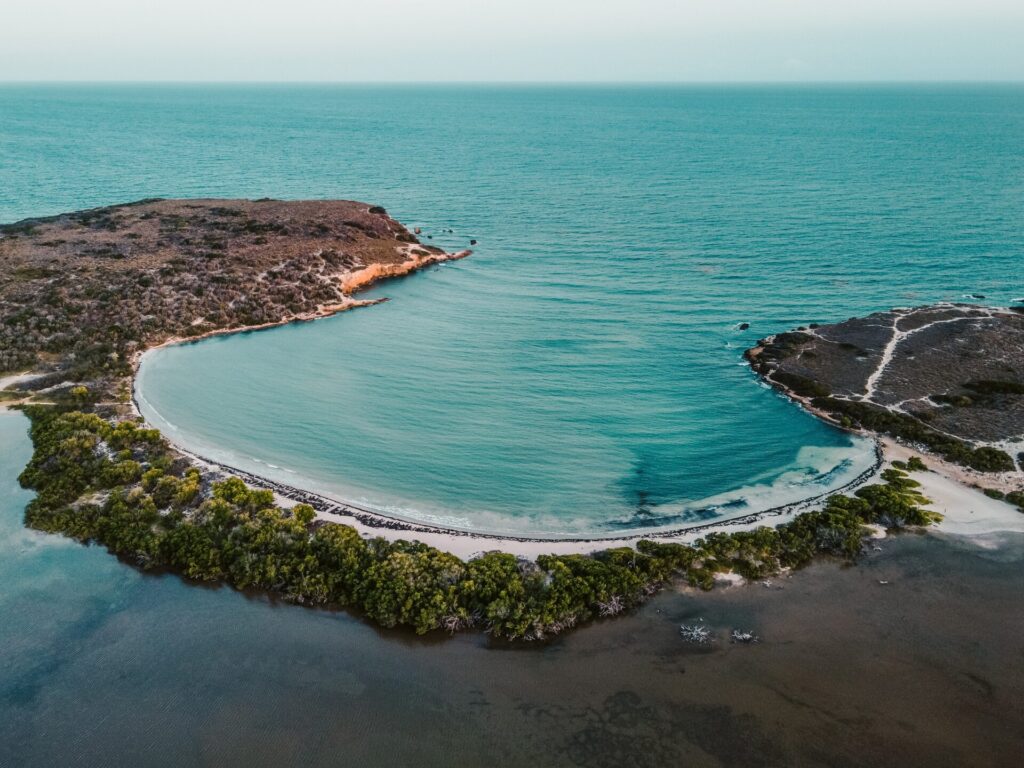
Playa Buye (Cabo Rojo)
Next to Playa Sucia, known for its breathtaking scenery and playful waves, the city of Cabo Rojo has another beautiful beach: Playa Buye. It’s frankly the opposite of Playa Sucia, as it has the prettiest shades of blue and the calmest water.
While it is located next to the small Buyé Resort, it is relatively tucked away and can be considered a secret beach compared to other beaches around the island.
Playa El Conquistador (Fajardo)
Playa El Conquistador is a beautiful beach located in the town of Fajardo, on the northeast coast of Puerto Rico. The beach is known for its stunning views of the surrounding mountains and crystal clear waters, perfect for swimming and snorkeling.
Next to the beach, you’ll find El Conquistador Resort, which is Puerto Rico’s most luxurious resort, as it has its own private railway connecting the main hotel building with its marina. The hotel was closed in 2017 after Hurricane Maria and needed three years of renovations before it was reopened.
Save for later …





